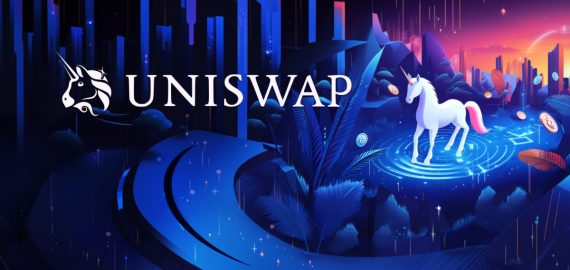Stanford Publishes 2023 AI Index on Notable Trends and Advancements in the Industry

In Brief
Stanford has published a 386-page long report on advancements and trends in the AI industry.
The report found that Large Language Models are becoming hundreds of times bigger and more expensive to train.
AI-related job postings are increasing across every American sector.
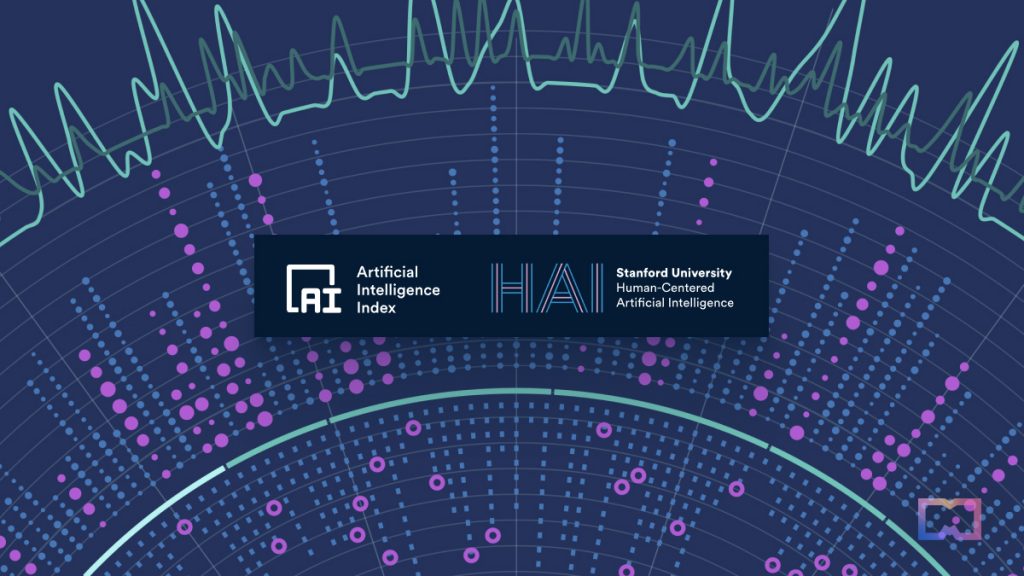
The Stanford Institute for Human-Centered Artificial Intelligence has published a 386-page-long AI report on notable trends and advancements in the AI industry in 2023, enabling decision-makers to take a human-first approach to advancing AI responsibly and ethically.
To track progress in artificial intelligence, Stanford’s AI Index Steering Committee – an interdisciplinary group of experts from across academia and industry – collaborated with various organizations. These include the Center for Security and Emerging Technology at Georgetown University, LinkedIn, NetBase Quid, Lightcast, and McKinsey.
Key takeaways
With eight chapters covering research and development, technical performance, technical AI ethics, the economy, education, policy and governance, diversity, and public opinion, these are the key takeaways from the report:
- Industry has taken over academia
Most significant machine learning models were released by academia up until 2014. However, since then, the industry has raced ahead, producing 32 significant industry-produced machine learning models, compared to just three by academia. This is due to the large amounts of data, computing, and money resources that industry actors possess and can invest in machine learning models.
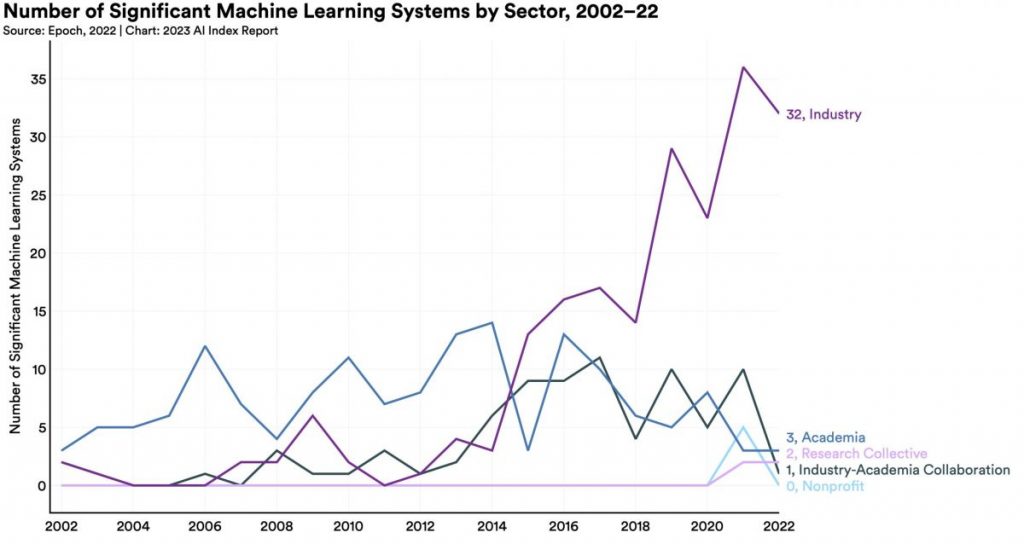
- AI models are rapidly growing and getting pricier to train
Released in 2019, GPT-2 was considered to be the first large language model (LLM) with 1.5 billion parameters and cost an estimated $50,000 to train. PaLM, one of the flagship large language models launched in 2022, had 540 billion parameters and cost an estimated $8 million—around 360 times larger than GPT-2 and cost 160 times more. LLM and multimodal models are growing faster and becoming pricier across the board.

- Year-over-year private investment in AI has decreased for the first time in over a decade
Global AI private investment was $91.9 billion in 2022, a 26.7% decrease since 2021. Of that, $47.4 billion came from the US and $13.4 billion from China. However, AI funding as a whole has significantly increased during the last decade. The amount of private investment in AI in 2022 was 18 times greater than in 2013.
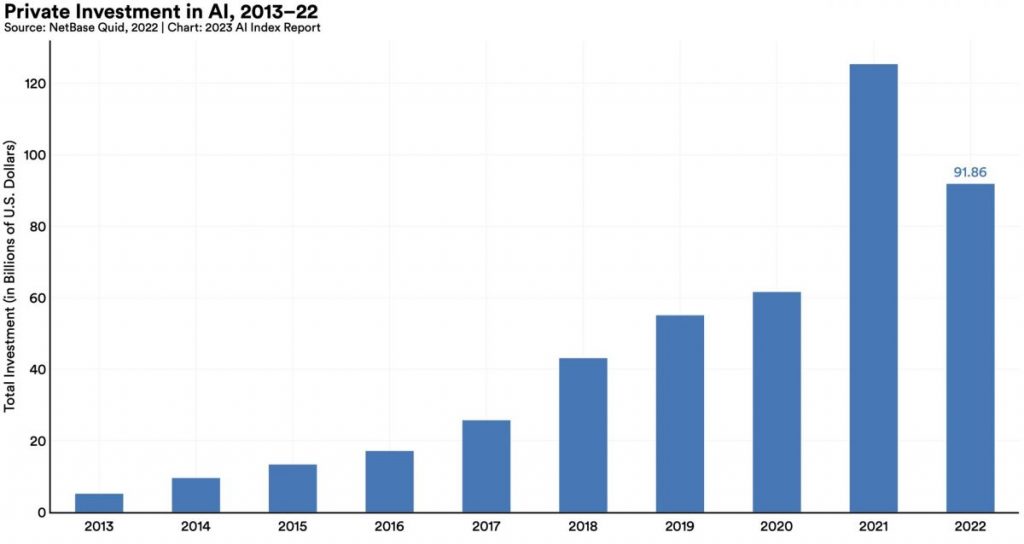
- More businesses are adopting AI, while AI-related job postings are increasing across every American sector
The number of companies adopting AI in 2022 has more than doubled since 2017. Organizations that have integrated AI reported lower costs and higher revenue. Even though many worry about having their jobs replaced by AI, the number of AI-related job postings across every American sector for which there is data has increased on average from 1.7% in 2021 to 1.9% in 2022.
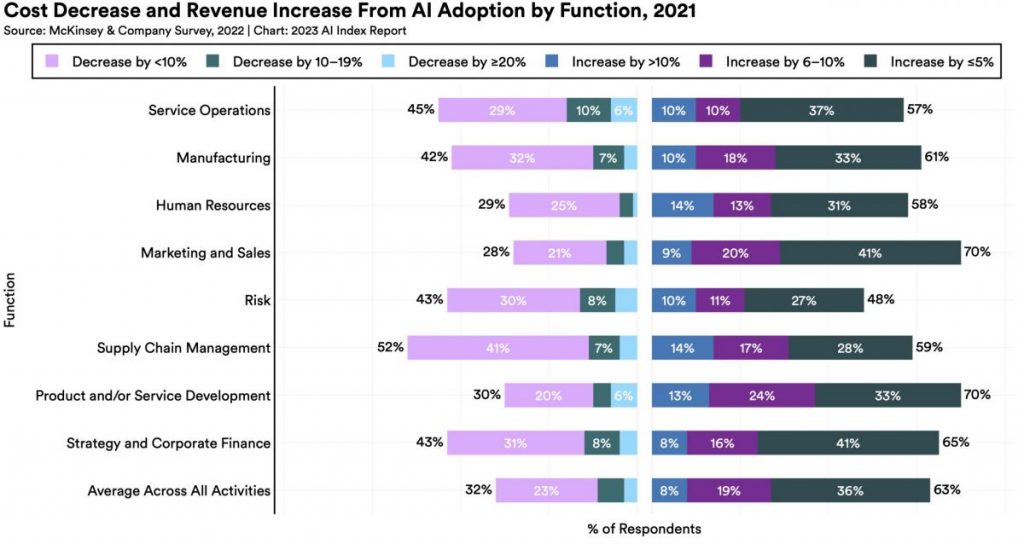
- Policymaker interest in AI regulation is rapidly growing alongside the rising misuse of AIAn analysis of the parliamentary records on AI in 81 countries shows that mentions of AI in global legislative proceedings have increased nearly 6.5 times since 2016. The AIAAIC database, which monitors instances of unethical usage of AI, has reported a surge in AI-related incidents and controversies by 26 times since 2012. In 2022, some noteworthy incidents were recorded, such as the release of a deepfake video featuring Ukrainian President Volodymyr Zelensky surrendering and the utilization of call-monitoring technology by U.S. prisons to monitor inmates.
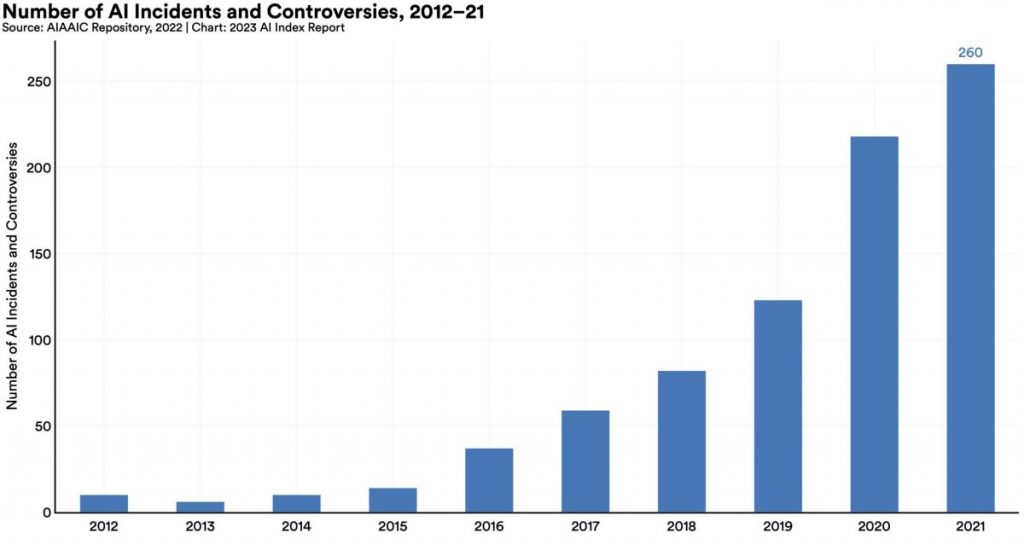
- AI systems may have serious environmental impacts
Luccioni et al. (2022) found that BLOOM’s training process resulted in the emission of 25 times more carbon than an individual taking a one-way flight from New York to San Francisco. However, new reinforcement learning models like BCOOLER show that AI systems can be used to optimize energy usage.

Conclusion
Apart from these key takeaways, the report also contains many other insights touching on foundation models, including their geopolitics and training costs, the environmental impact of AI systems, K-12 AI education, public opinion trends in AI, and much more.
The key takeaways only scratch the surface of some of the most pressing concerns and noteworthy trends in the AI industry. Those interested in diving deeper into any particular topic can download the full report.
Read more:
Disclaimer
In line with the Trust Project guidelines, please note that the information provided on this page is not intended to be and should not be interpreted as legal, tax, investment, financial, or any other form of advice. It is important to only invest what you can afford to lose and to seek independent financial advice if you have any doubts. For further information, we suggest referring to the terms and conditions as well as the help and support pages provided by the issuer or advertiser. MetaversePost is committed to accurate, unbiased reporting, but market conditions are subject to change without notice.
About The Author
Cindy is a journalist at Metaverse Post, covering topics related to web3, NFT, metaverse and AI, with a focus on interviews with Web3 industry players. She has spoken to over 30 C-level execs and counting, bringing their valuable insights to readers. Originally from Singapore, Cindy is now based in Tbilisi, Georgia. She holds a Bachelor's degree in Communications & Media Studies from the University of South Australia and has a decade of experience in journalism and writing. Get in touch with her via [email protected] with press pitches, announcements and interview opportunities.
More articles

Cindy is a journalist at Metaverse Post, covering topics related to web3, NFT, metaverse and AI, with a focus on interviews with Web3 industry players. She has spoken to over 30 C-level execs and counting, bringing their valuable insights to readers. Originally from Singapore, Cindy is now based in Tbilisi, Georgia. She holds a Bachelor's degree in Communications & Media Studies from the University of South Australia and has a decade of experience in journalism and writing. Get in touch with her via [email protected] with press pitches, announcements and interview opportunities.
















































